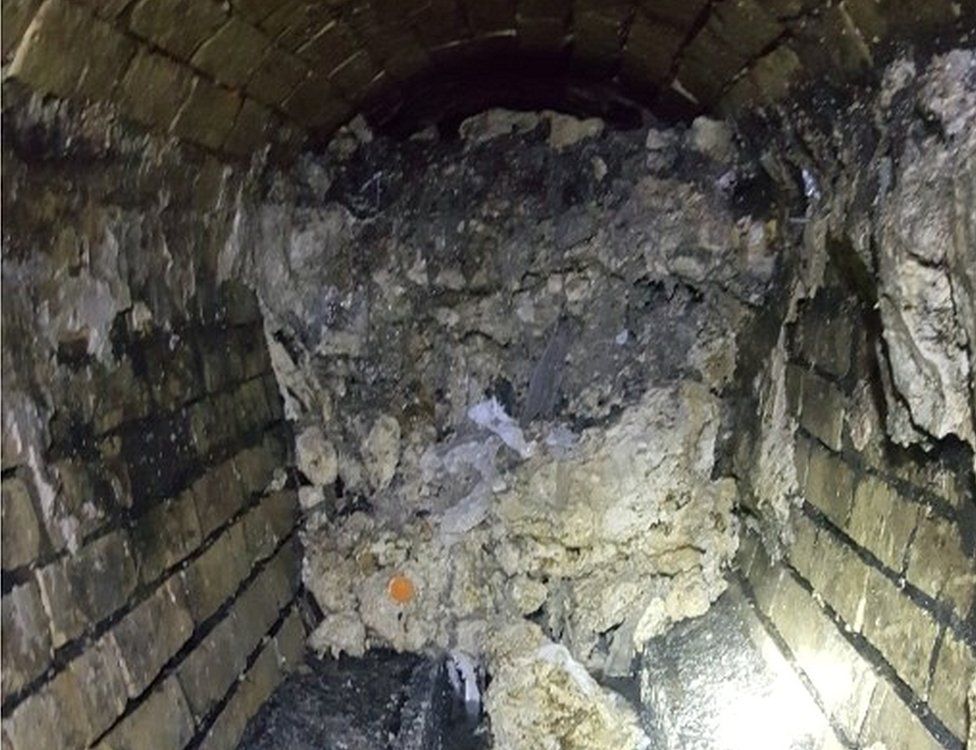
The damage caused by improper FOG management is a genuine concern. With the busy festive season approaching, it's vital that kitchens have appropriate measures in place that can deal with not only day-to-day demand throughout the year but also the extra FOG output produced throughout busier times of the year.
With fatbergs having been reported previously that weigh around 400 tonnes, or the equivalent of four blue whales, water companies are understandably concerned, especially when repairing a damaged sewer can cost on average £400k and can take more than 2 months to clear.
While many businesses are employing appropriate FOG busting practices and have correct equipment in place, some are still unfortunately lacking. But why?
Possible Approaches Businesses Take to Grease Management
Different businesses will have different view points of grease management and its importance. Whether they are acting under their own initiative or in response to correspondence from water authorities, food service kitchens will generally fall loosely into one of the following categories:
- They understand why they need a grease trap but don't know how to go about sizing, selecting and installing the right unit.
- They don't think the need for a grease trap applies to them as they already employ impeccable grease management practices.
- They are completely oblivious to the whole subject and unaware of legislation and the potential of fines or prosecution.
- They are fully on board with doing their part to protect main sewer systems and the wider environment with suitable fully functioning grease management equipment in use.
The simple answer is that, any business that produces FOG should have a grease trap or other grease management solution in place, alongside comprehensive grease management practices.
The New Educational Guide from the GCA
The Grease Contractors Association released the Grease Management Equipment Guide in 2021 which highlights the importance of compliance. The clear, in-depth guide details everything businesses need to know including regulations, the equipment options available including manual passive grease traps, automatic grease traps and bio-dosing systems such as GreasePak, how to choose the right size equipment and the correct protocol for installation, cleaning and maintenance. The guide is the holy grail of grease management.
The GCA, or Grease Contractors Association, is a non-profit organisation that educates food service businesses, restaurants, takeaways, food production plants, bakeries, catering kitchens and schools etc. of the importance of installing correct grease management equipment to prevent FOG from entering the main sewer system. Working with businesses and water authorities, the GCA works towards a clearer, greener future.
Water authorities aren't on a witch hunt or 'FOG' hunt, tracking down businesses, prosecuting and issuing fines on the spot. Instead they are identifying businesses that aren't complying and working with them to educate on the topic until a suitable solution is reached. Repeated failure to act on advice and instruction given from water authorities, will ultimately result in fines and potentially prosecution. The GCA guide offers a detailed, comprehensive method to help food service businesses to understand their responsibility and how they can comply.
The Grease Management Equipment Guide is an essential tool for businesses, helping them to invest in the right equipment to meet, not only daily demands, but also the increased levels of FOG produced at other times of the year, especially the festive period.

Leave a Comment
Your email address will not be published. Required fields are marked *